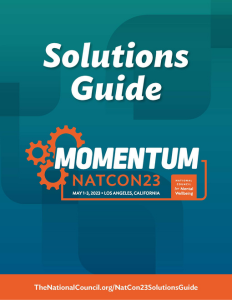Back
Substance Use Prevention, Treatment and Recovery
MP2 - How Oklahoma is Winning the Battle Against Substance Use Disorder
Monday, May 1, 2023
12:00 PM – 12:30 PM
Location: South Exhibit Hall HJK, Level 2, LACC

Hans Morefield
CEO
CHESS Health
E Rochester, New York
Poster Presenter(s)
Over 20 million people in the United States have substance use disorder (SUD), but only 13% seek treatment. Of those who do pursue treatment, 40-60% return to substance use. To combat some of the highest rates for mental illness and substance use in the nation, the State of Oklahoma initiated programs to support successful treatment and recovery for SUD, including by developing initiatives to improve addiction prevalence care in Oklahoma by reducing treatment wait time, developing a comprehensive approach to opioid prevention and treatment, deploying peer support programs and leveraging technology to improve patient access.
Learning Objectives:
- Define programs that have successfully helped the State of Oklahoma curb the impact of SUD in the state.
- Analyze results showing the positive impact technology and peer support can have – including increases in completion of outpatient treatment and reduction in return to higher levels of care.
- Debate methods to optimize programs among target populations – such as those with social determinants of health (SDOH) needs.

.png)
